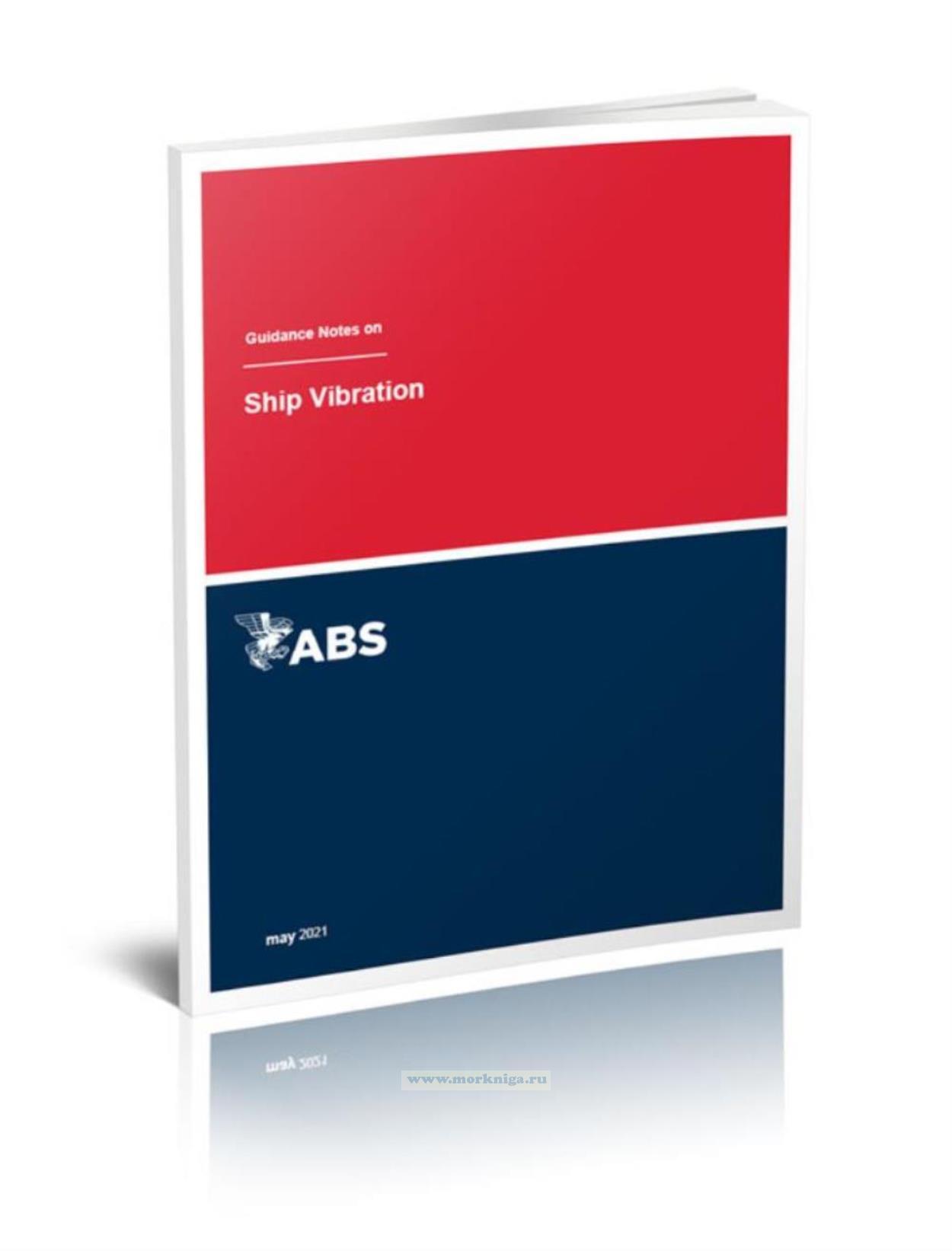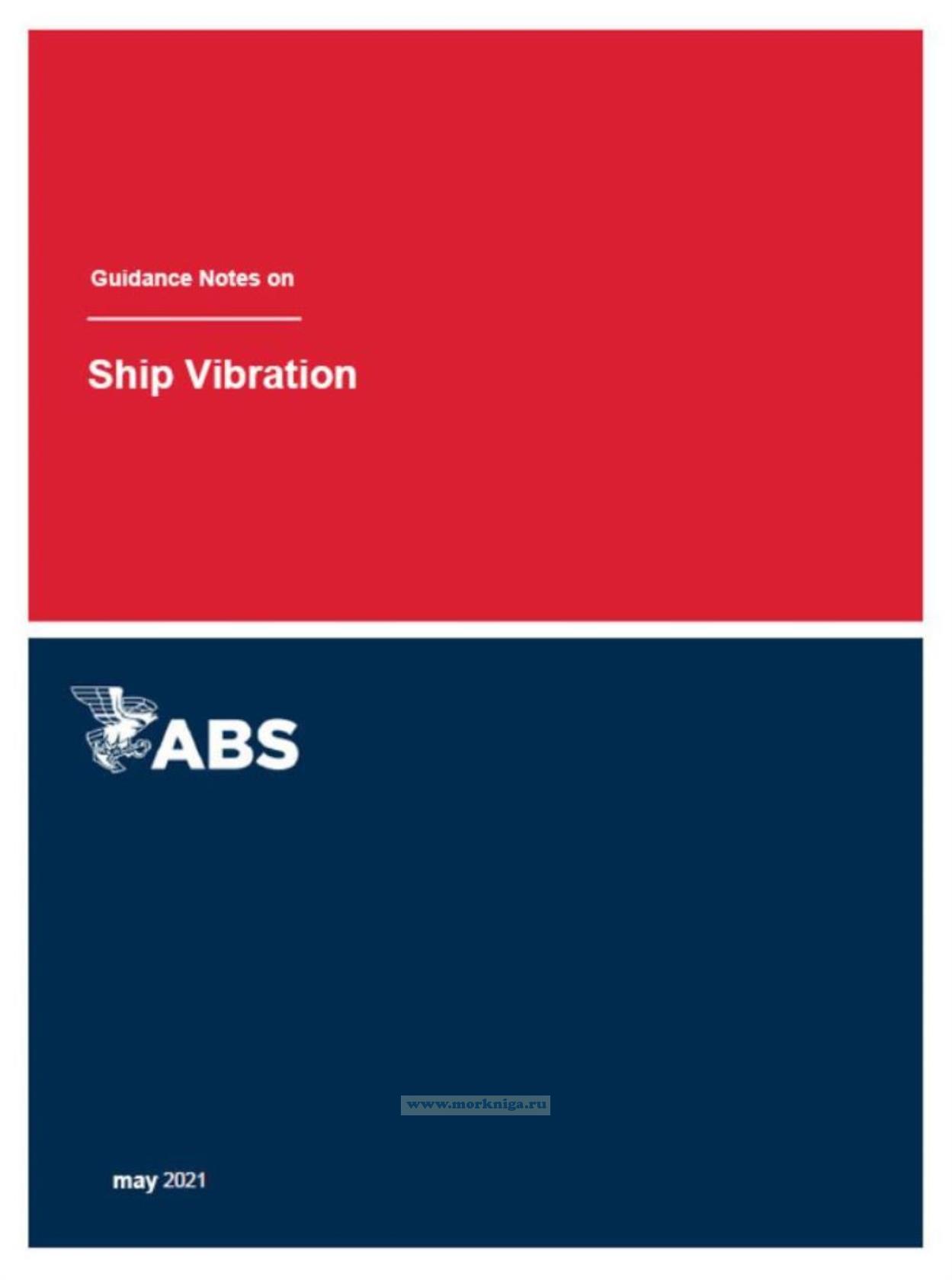Guidance Notes on Ship Vibration/Руководство по вибрации корабля
Книга на английском языке
These Guidance Notes are to provide users, specifically shipyards, naval architects, and ship owners, with practical guidance on the concept design to avoid excessive ship vibration at an early design stage. If simple procedures are followed with insight and good judgment in the concept design stage, then the difficult countermeasures and corrections at the subsequent design stages may be avoided in most cases. These Guidance Notes also assist with the finite element analysis (FEA) based vibration analysis procedure to predict the vibration response and evaluate the design in detail design stage. The vibration analysis procedure represents the most current analysis practice in ABS. These Guidance Notes also offer guidelines on the vibration measurement procedure during the sea trials and the acceptance criteria on vibration limits based on international standards.
Contents
Section 1 General
1 Introduction
3 Application
5 Scope
Figure 1 Overall Procedure for Ship Vibration Assessment
Section 2 Concept Design
1 Introduction
3 Design Considerations
5 Concept Design Approach
Section 3 Excitations
1 Introduction
3 Low-speed Main Diesel Engine
5 Hull Wake
5.1 Hull-Propeller Clearance
7 Propeller
7.1 Alternating Thrust
7.3 Hull Pressure Forces
Table 1
Figure 1 External Forces and Moments
Figure 2 Guide Force Couples
Figure 3 Nominal Wake Distribution for a Typical Merchant Ship(DTMB Model 4370, CB= 0.6)
Figure 4 Alternative Shafting Arrangements: Open Strut Stern (upper); Conventional Skeg Stern (lower)
Figure 5 Open Strut Stern Arrangement
Figure 6 Conventional Skeg-Stern Arrangement
Figure 7 Maximum Skew Angle
Figure 8 Burrill Cavitation Inception Chart

